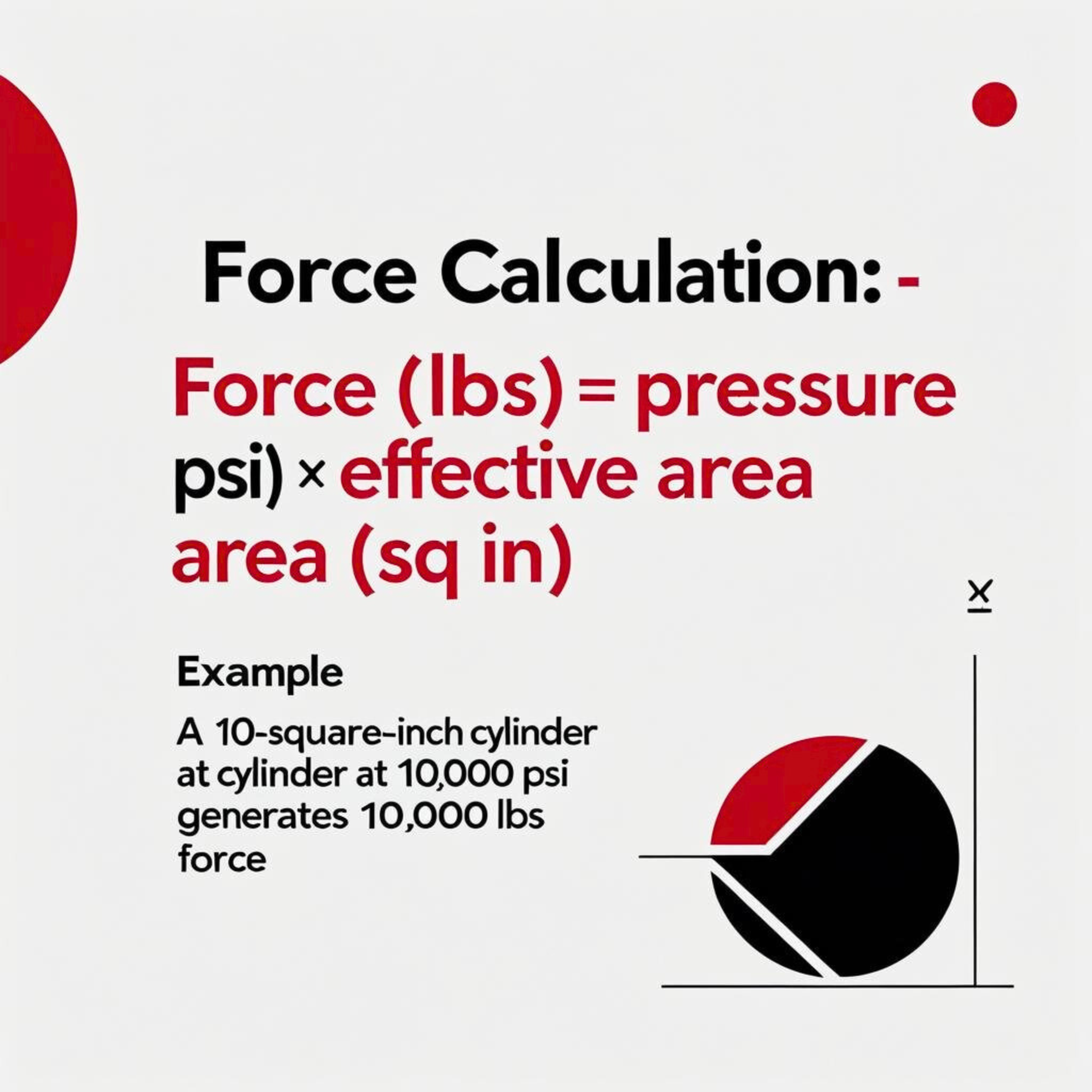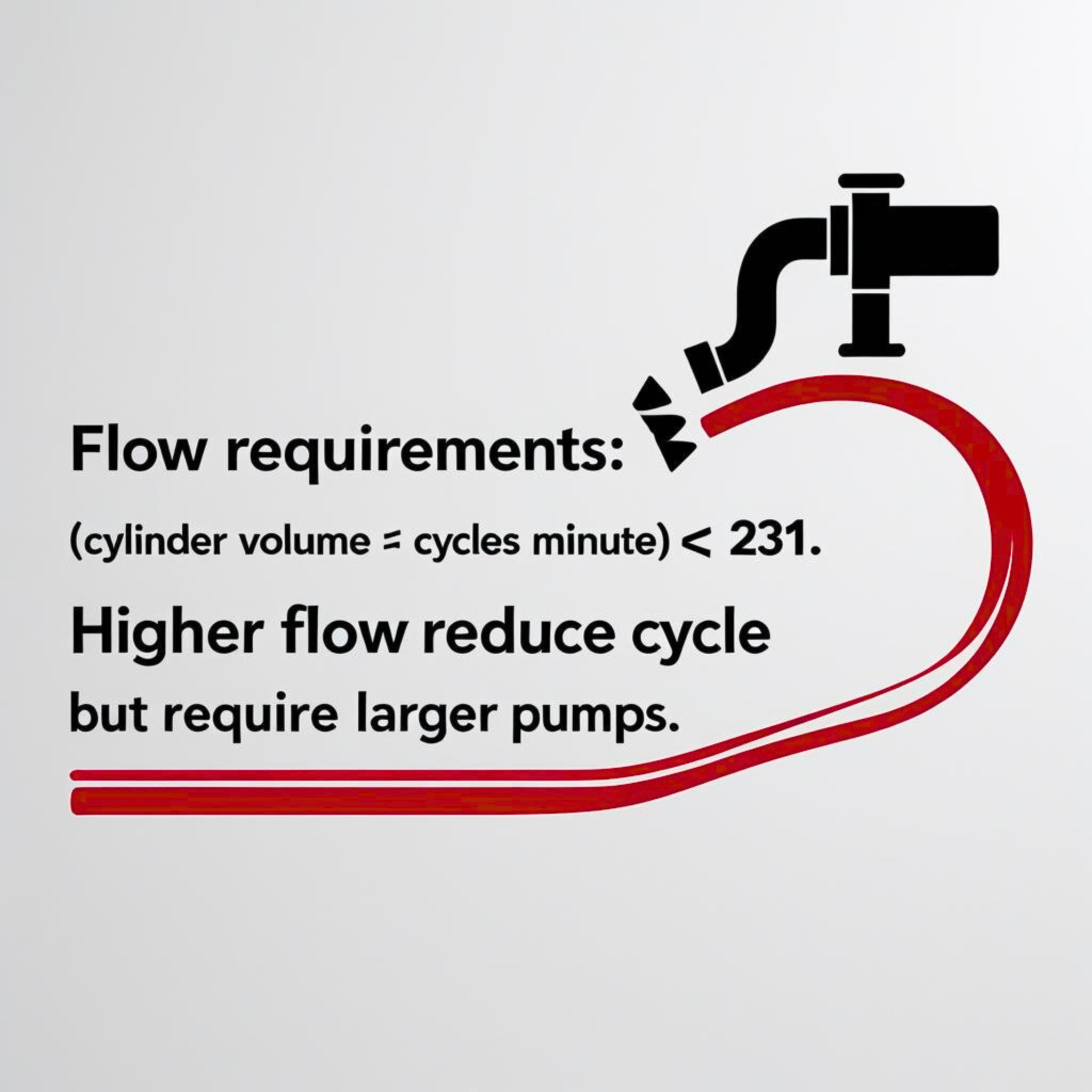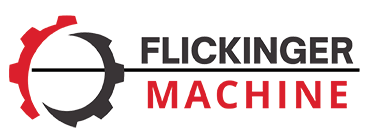Energy Hydraulic Equipment:
Complete Guide for Wind, Oil & Gas, and Power Generation
Energy infrastructure demands reliable, high-force operations that only hydraulic systems can deliver efficiently. From multi-megawatt wind turbines requiring precise bolt tensioning to pipeline assemblies demanding thousands of PSI, energy hydraulic equipment forms the backbone of modern maintenance operations across wind, oil & gas, and power generation facilities.
Why Hydraulics Dominate Energy-Sector Maintenance
Energy equipment operates at scales where mechanical alternatives fall short. Wind turbine main bearing replacements require lifting forces exceeding 200 tons, while pipeline flanges demand bolt tensions of 50,000+ ft-lbs. Hydraulic systems deliver unmatched power-to-weight ratios, precise force control, and operation in confined spaces that characterize energy infrastructure.
Unlike pneumatic systems limited by compressibility or electric systems constrained by motor size, hydraulics leverage incompressible fluid to generate enormous forces through compact tooling. This proves essential when hydraulic torque tools wind turbine operations must access cramped nacelles or when oilfield hydraulic maintenance requires portable high-force capability in remote locations.
The controlled, stepless force application prevents the shock loading that damages critical energy components, while built-in pressure relief protects against over-torquing expensive fasteners.
Core Tool Set: Pumps, Cylinders, Torque Wrenches
Energy hydraulic operations center on three fundamental tool categories, each engineered for specific maintenance challenges:
Hydraulic pumps serve as the system powerhouse, with electric models preferred for stationary power-plant applications and gas/diesel variants essential for remote oilfield work. Modern pipeline hydrostatic pump systems incorporate programmable pressure controllers and data logging for regulatory compliance during pressure testing operations.
Hydraulic cylinders handle the heavy lifting—literally. Single-acting cylinders excel in wind turbine blade positioning and transformer lifting, while double-acting units provide precise control for power-plant jack systems during turbine alignment. Hollow-bore cylinders enable post-tensioning operations common in power plant construction.
Hydraulic torque wrenches deliver precise, repeatable bolt tensioning crucial for pressure vessel integrity. Low-profile designs access restricted spaces around turbine hubs, while high-capacity units handle main bearing assemblies. Advanced models feature angle measurement and data recording for critical joint documentation.
Pressure & Flow Calculation Basics
Proper hydraulic system sizing prevents tool damage and ensures adequate performance. Basic calculations guide equipment selection:

Force Calculation:
Force (lbs) = Pressure (PSI) × Effective Area (sq in).
Ex: A 10-square-inch cylinder at 10,000 PSI generates 100,000 lbs force.

Flow Requirements:
Flow (GPM) = (Cylinder Volume × Cycles per Minute) ÷ 231.
Higher flow rates reduce cycle times but require larger pumps.
Pressure Drop Considerations:
Account for hose length, fittings, and tool internal restrictions. Long hose runs to wind turbine nacelles may require pump pressure increases of 500-1000 PSI to maintain tool performance.
System efficiency peaks when pump flow matches tool requirements—oversized pumps waste energy while undersized units extend cycle times and generate excess heat.
Setup & Safety in Explosive Environments
Energy facilities often present explosive atmosphere risks requiring specialized hydraulic equipment and procedures. Class I, Division 1 environments (active oil drilling) demand explosion-proof pumps with intrinsically safe control systems.
- Equipment certification must match site classification. ATEX-certified tools for European wind farms, Class I equipment for North American refineries. Non-sparking bronze components replace steel in critical applications.
- Grounding protocols prevent static buildup during hydraulic fluid transfer. Bonding straps connect all system components, while grounding reels ensure electrical continuity across hose assemblies.
- Fluid selection impacts safety—fire-resistant fluids provide additional protection in high-temperature power plant applications, though compatibility with seals and performance characteristics require careful evaluation.
Preventive Maintenance & Fluid Cleanliness
Hydraulic system reliability directly correlates with fluid cleanliness and component maintenance. Energy applications demand extended service intervals between major outages, making preventive maintenance critical.
- Filtration standards follow ISO 4406 cleanliness codes, with most energy hydraulic systems requiring 18/16/13 or cleaner fluid. Servo-controlled systems demand even higher cleanliness levels. Portable filtration carts maintain fluid quality during extended storage periods.
- Component inspection schedules align with energy facility maintenance windows. Seal replacement, hose inspection, and fitting torque verification prevent catastrophic failures during critical operations.
- Fluid analysis programs track contamination trends, additive depletion, and component wear. Trending data enables predictive maintenance and prevents unplanned downtime during peak energy demand periods.
Specifying & Sourcing Equipment
Effective hydraulic equipment procurement balances performance requirements with total cost of ownership. Key specification criteria include operating pressure range, duty cycle requirements, environmental conditions, and regulatory compliance needs.
Performance specifications should include safety factors—specify tools rated 25% above maximum anticipated loads. Environmental considerations encompass temperature ranges, altitude effects, and corrosive atmosphere resistance.
Sourcing strategies emphasize supplier technical support and service network coverage. Energy facilities often operate in remote locations requiring local service capability and rapid parts availability.
FMPTE’s comprehensive energy hydraulic equipment and repair parts portfolio addresses the full spectrum of wind, oil & gas, and power generation requirements. Our engineering team provides application-specific solutions backed by field-proven reliability and comprehensive support services that keep your critical energy infrastructure operating at peak performance.
No related posts.
